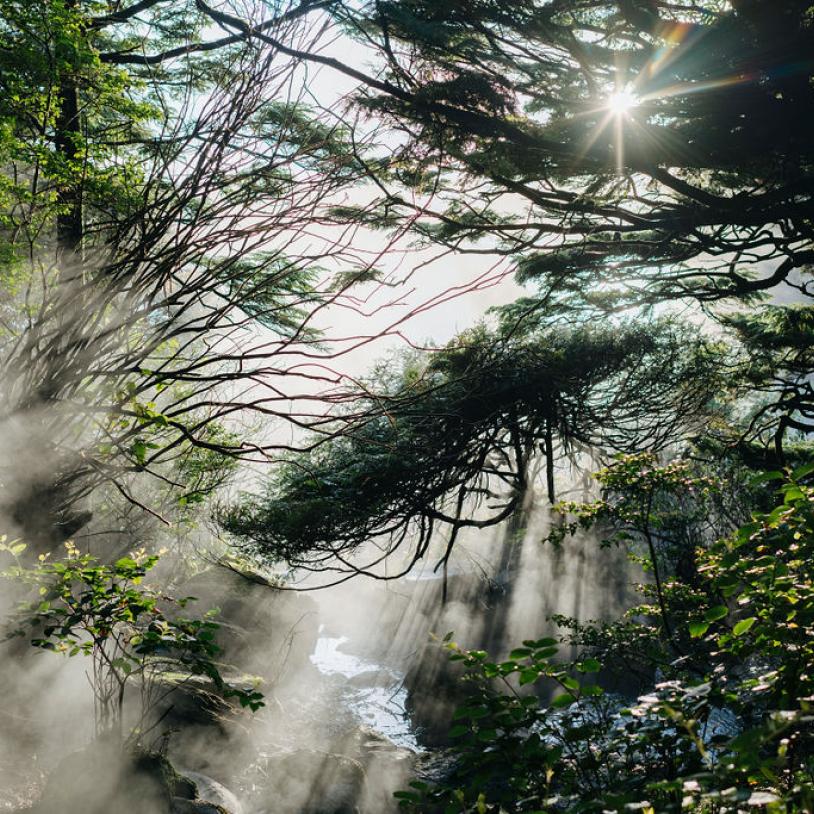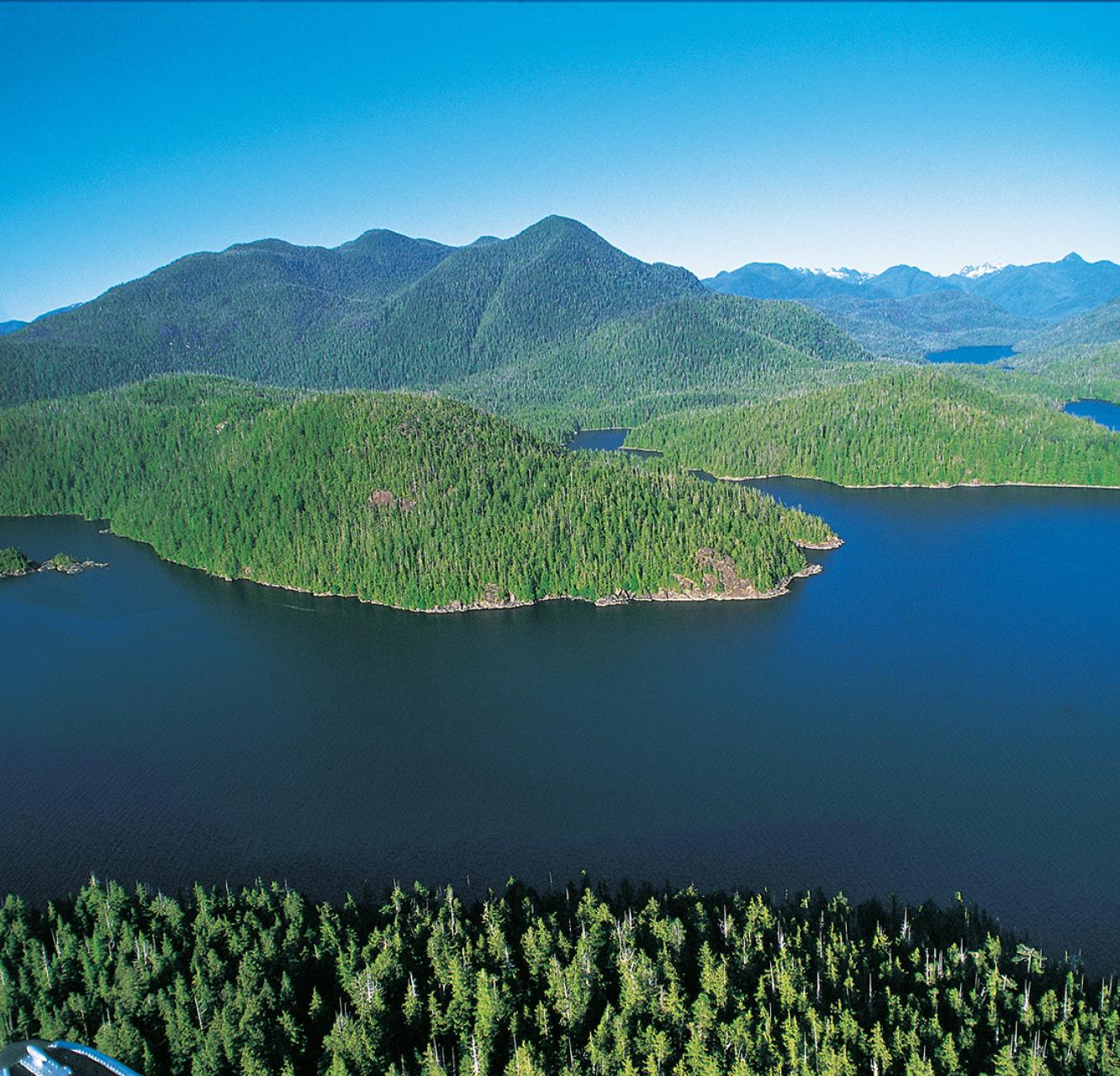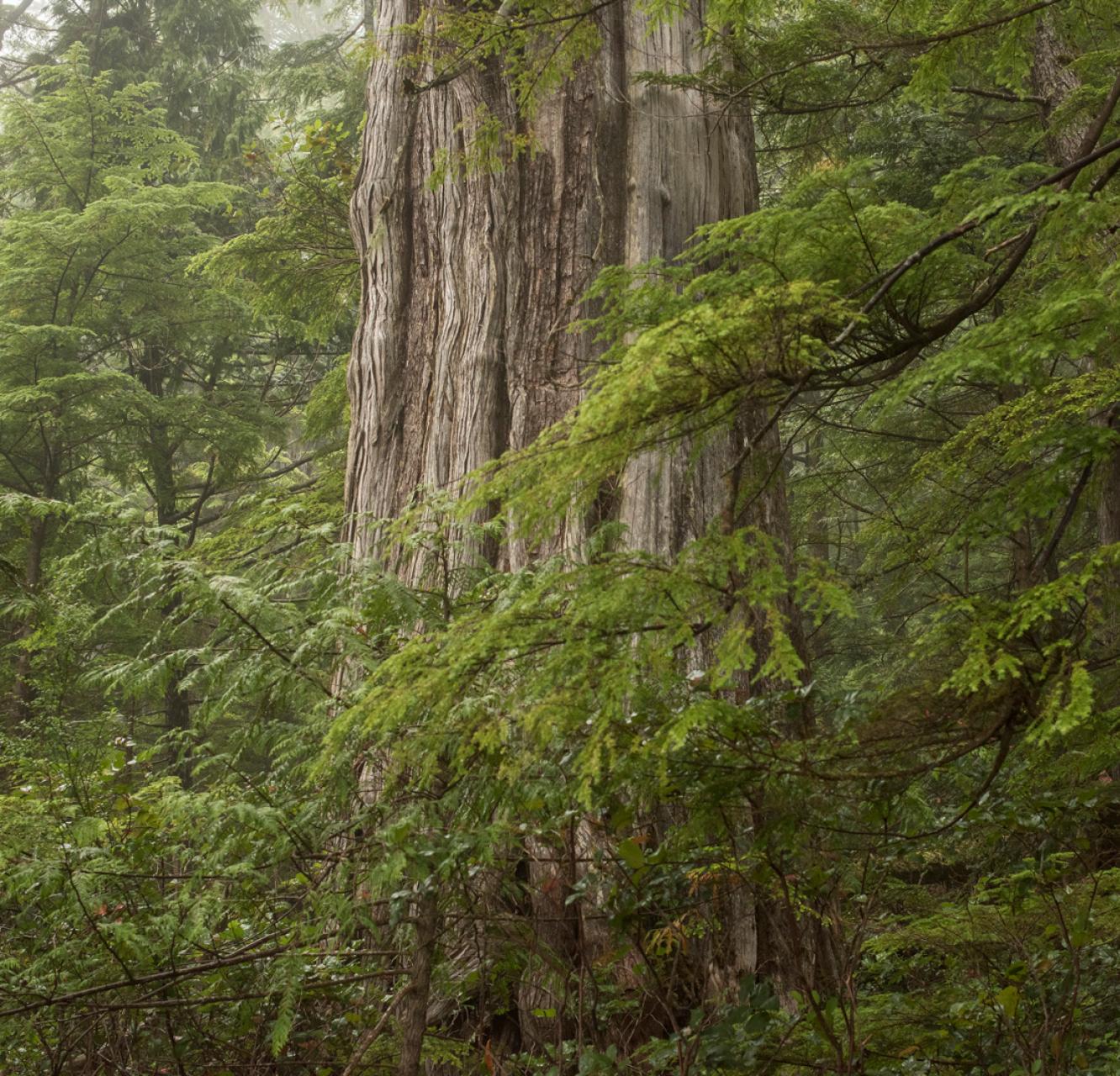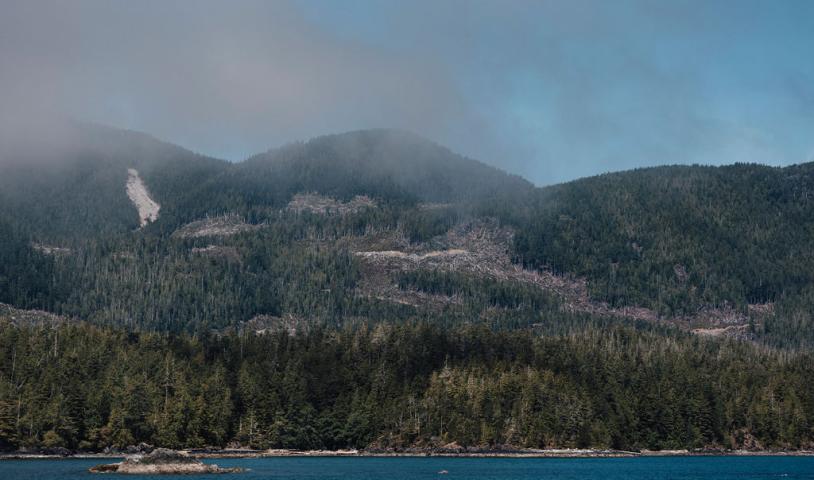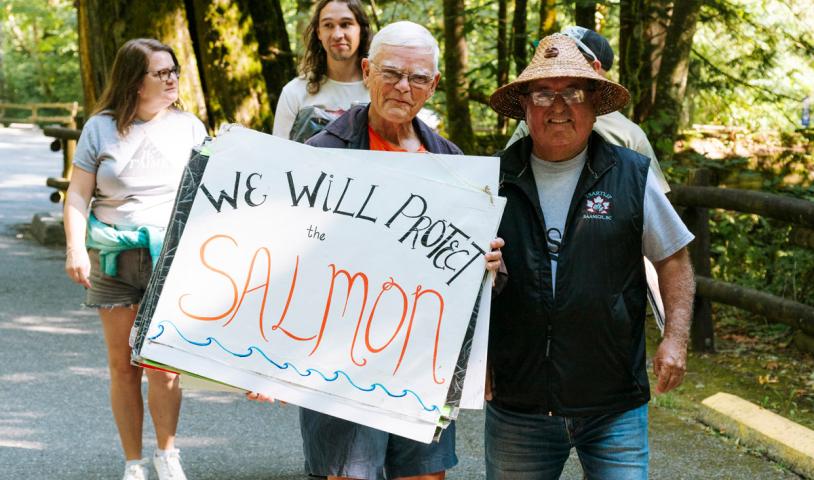Saving Wilderness for Life ‑ Shared Vision
Thursday, May 14, 1998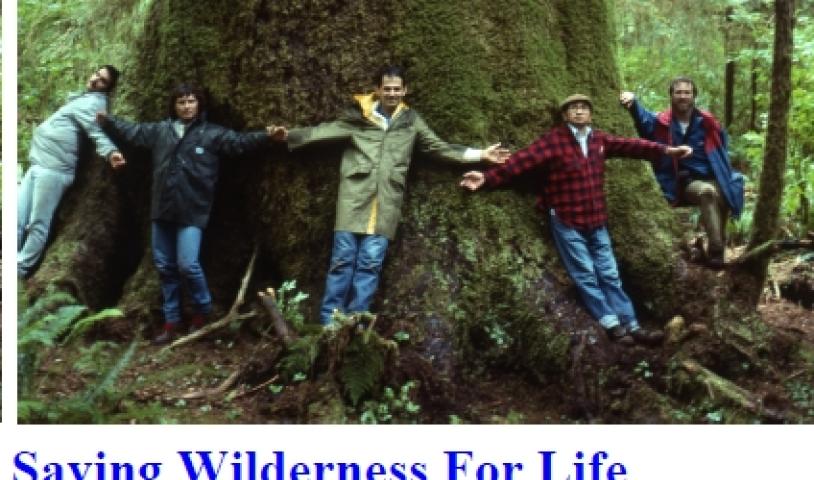
May 15th, 1998
By Joe Foy
As national campaign coordinator for the last ten years for Canada's largest membership based wilderness preservation organization, the Western Canada Wilderness Committee (WCWC), -- we currently have 25,000 members and 60,000 additional supporters -- I've seen my share of forest protection campaigns. But a trip this past March to the Walbran Valley on the southwest coast of Vancouver Island made me pause to think about the history of forest protection activism in B.C.
Conservationists over the past decade have been loudly calling for an increase in the amount of B.C. protected parkland, demanding that the B.C. government bring the rate of logging down to sustainable levels and asking for a ban on the practice of clearcut logging, especially in the coastal rainforest. We have decades of proof that clearcutting in our rainforest severely damages fish and wildlife habitat.
On the way across the Island from the small town of Lake Cowichan I passed through a living history of the fight to protect B.C. forests. In the second-growth tree plantations on the east side of the Island forest company signs inform the traveller that this section of forest had been "Harvested in 1954 - Planted in 1956 - Ready to Harvest in 2046".
Alongside the timber company signs were blue B.C. government signs pointing the way west to the Carmanah/Walbran Provincial Park.
The hills around Lake Cowichan, were clearcut many decades before the first environment groups were established in B.C. Clearly the conservation movement had little influence on how this landscape was `managed' then. The secondgrowth forest today is made up of telephone-polesized-trees, each a mirror-image of its neighbours. In this tamed, simplified and degraded landscape the once abundant roosevelt elk, coho salmon and steelhead trout are now at dangerously low numbers -- a few heart-beats away from disappearing all together. The marbled murrelet, a sea bird which once nested in towering oldgrowth trees died off in this part of the Island long ago when their ancient forest tree-limb nesting sites were cut down.
As we crested the low divide leading into the upper Walbran watershed we entered a zone of recent logging. In one side-valley almost the entire bottom-land and lower sidehills had been stripped of forest, leaving only weathered stumps and exposed bedrock bleaching in the sun like the rib bones of a freshly killed animal. A cold wind rustled strips of cedar bark fluttering from several broken tree limbs sticking out from a huge slashpile beside the muddy logging road. No sign of conservation group success here, I thought to myself.
Finally at the end of the road, I stood on the lower Walbran bridge looking into the magnificent Carmanah/Walbran Provincial Park. It was here in the early 90s that conservation
groups like the Western Canada Wilderness Committee, the Carmanah Forestry Society and the Sierra Club brought the Walbran Valley and the adjoining Carmanah Valley to national
attention. Today, the beautiful, wildlife-rich, ancient forests of the lower Walbran Valley and Carmanah Valley are protected within the park boundaries. The logging road bridge on which I was standing still had "Wilderness Forever" painted in green lettering on one of its massive steel girders - a fitting monument to those conservationists who stood to defend the Walbran and Carmanah so many years ago -- and a reminder that for the upper Walbran and much of B.C.'s remaining ancient forest, the job of protection is not done yet.
Just what has been accomplished after ten years of full-on forest protection activism in B.C.? I asked myself, staring into the black rain swollen waters of the Walbran.
B.C. conservationists have been successful in having wilderness areas like the lower Walbran Valley declared provincial parks. Ten years ago only 5% of B.C. was under provincial park protection. Today, the area of land protected has more than double - - 10.5%. Lower Walbran Valley, Carmanah Valley, Lower Tsitika Valley, Megin Valley, Stein Valley, Tatshenshini Valley, Pinecone/Boise/Burke, Kitlope Valley and Khutzymateen Valley are a few of the wild places saved this past decade.
But the conservation groups have sadly failed -- so far -- in their quest to convince the B.C. government to enforce sustainable logging practices. Despite the much ballyhooed Forest Practises Code, more than 90% of B.C. logging is still clearcut, the most destructive form of tree felling. Logging rates in B.C. still average over 2 million logging trucks loads a year--double the estimated long-term sustainable rate of logging. More than half of B.C.'s ancient temperate rainforest has now been logged and over 90% of logging is still done in wild, never-beforelogged forests.
For me, the future path of forest protection is clear. More parks of all kinds -- regional, provincial, federal and tribal. We must preserve enough of wild nature within parks to keep the life processes of our region alive while we continue to work to stop clearcut logging on the rest of the landscape. The parks must be connected to each other with wide corridors of protected lands. WCWC's goal of seeing 40% of B.C.'s land area granted park protection is now shared by many B.C. conservation groups.
Staring into the swirling waters of the Walbran I could see a bright future-- park protection for the currently endangered Great Bear Rainforest, Stoltmann Wilderness, Southern Chilcotins Wilderness, Siska Valley, Taku River Valley, Clayoquot Sound and of course, the upper Walbran Valley. Wilderness for life! Let's work together to make this dream a reality.
